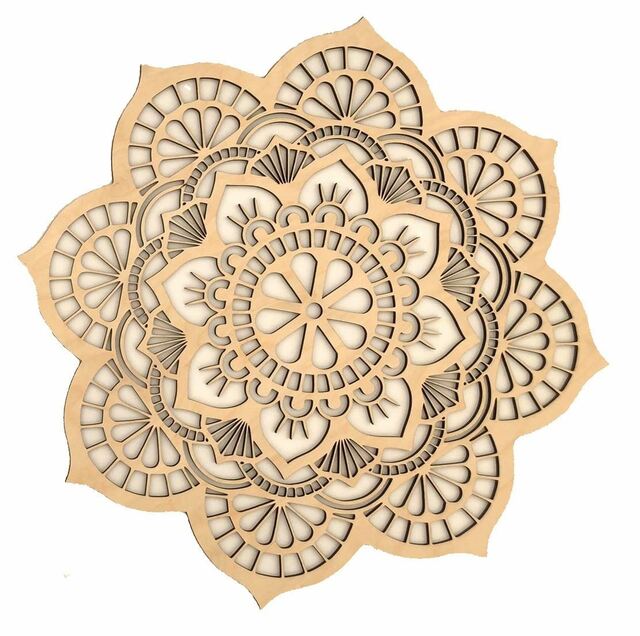There are many types of surfaces that painters can use for painting. Canvas attached to wood stretcher bars have been used for a long time, and wood panels even longer. Wood is stronger and more durable than the fabric of canvas or linen, and is therefore it lasts long. Contemporary painting techniques such as pouring paint, and gluing collage-style are much easier with a sturdy level surface such as wood.
Proper preparation of an artist support is essential for producing long-lasting artwork. Raw wood panels need to be sealed prior to priming and painting, to keep moisture from getting to the wood which causes warping and other damage. So once you purchase a wood panel you need to do two important steps before painting: seal to keep out moisture, and then prime to strengthen adhesion between the paint and wood panel.
WHERE TO GET WOOD CUT OUTS FOR PAINTING PROJECTS
Our website has several different shape and sizing options for you small or large projects - click here to see our options. We are adding new shapes and designs for DIY projects all the time, so be sure to check in regularly. We also take requests for custom shapes, so please do not hesitate to reach out!

WHAT TECHNIQUES WORK BEST FOR PREPPING AND FINISHING AND WHAT TO LOOK OUT FOR
Sanding, and cleaning the surface you are about to paint is crucial. For birch wood we suggest a 150 grit sand paper thoroughly used to an almost smooth finish and air cleaning (compressor or canned). A damp but not wet cloth also does the trick for proper dust removal. Ensure the piece is dry before painting. Thankfully our NATURAL FINISH wooden shapes and natural finish Mandalas (see pic above) come with these steps already finished and are ready for you! Oil painters must seal wood to stop any acidic oil in the paint from penetrating into the wood support, which can cause wood fibers to rot. While acrylic painters do not have this same issue, sealing is still an important step for using acrylic paint on wood, to eliminate Support Induced Discoloration (SID). SID is a phenomenon that occurs uniquely with acrylic paints. Supports naturally contain impurities that can cause an amber yellow discoloring to any light colored or clear acrylic layer that is applied to the wood unless the support is sealed properly. We aren't talking about primers here as a lot of modern spray paints and canned paints will have some element already built in to the formula to allow proper coverage, but, rather finishing sealer. In house we use a few different brands on our finished pieces, most over the counter products suffice and are available in both spray and canned variety. Almost every brand will have a flat (no sheen), satin (low sheen), semi gloss and full gloss finish option. Choose based on the desired sheen you'd like to see on the finished product.
